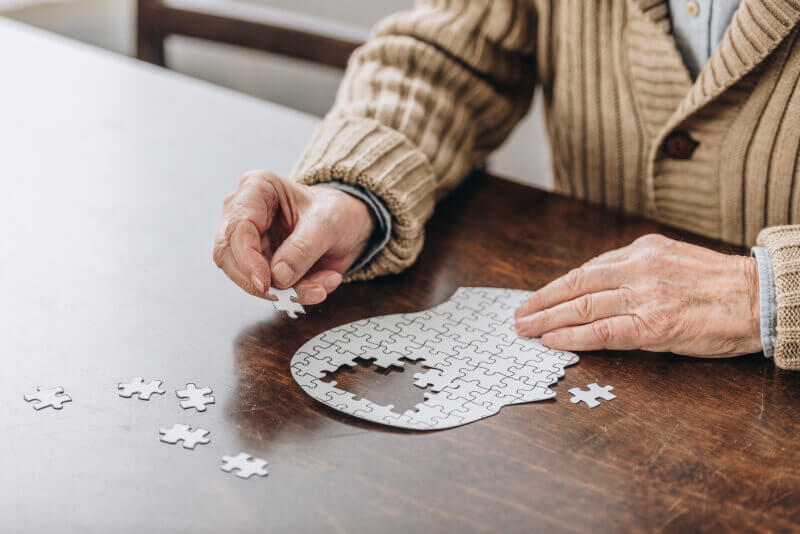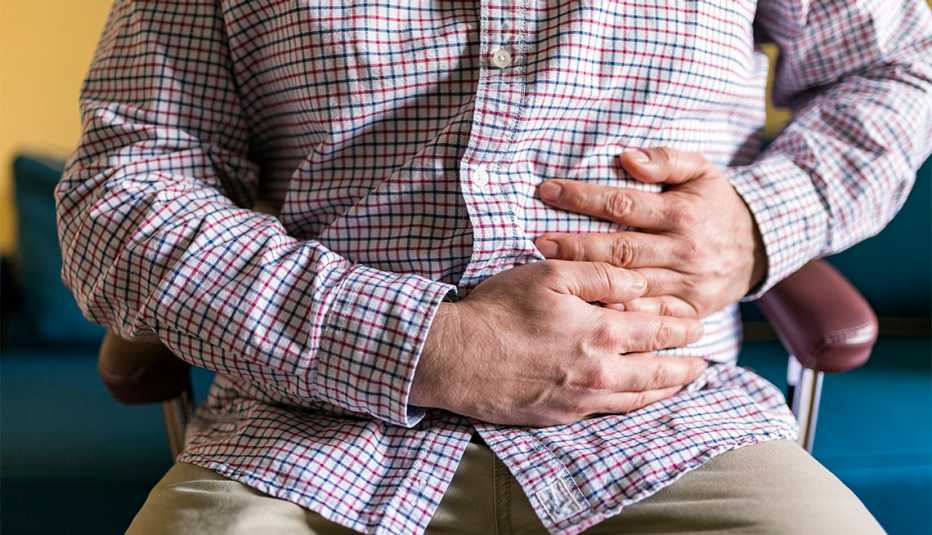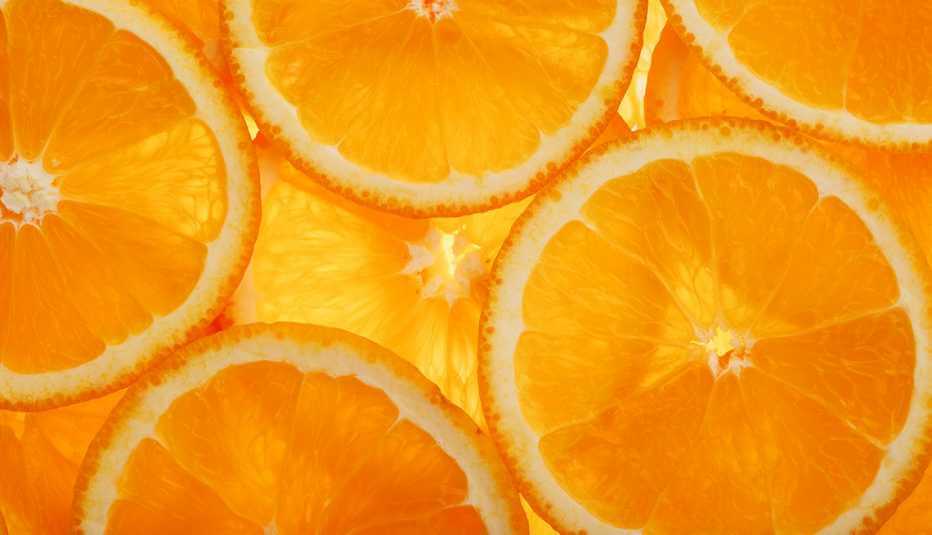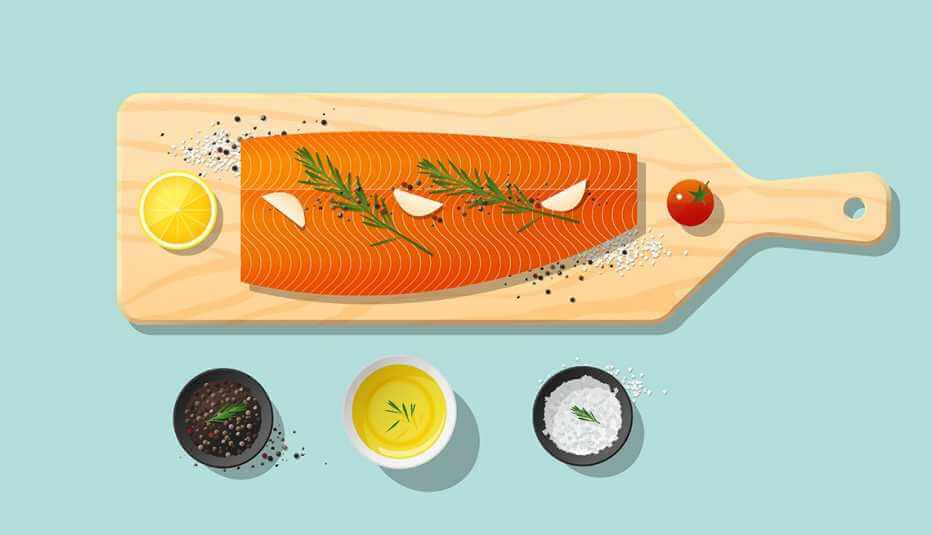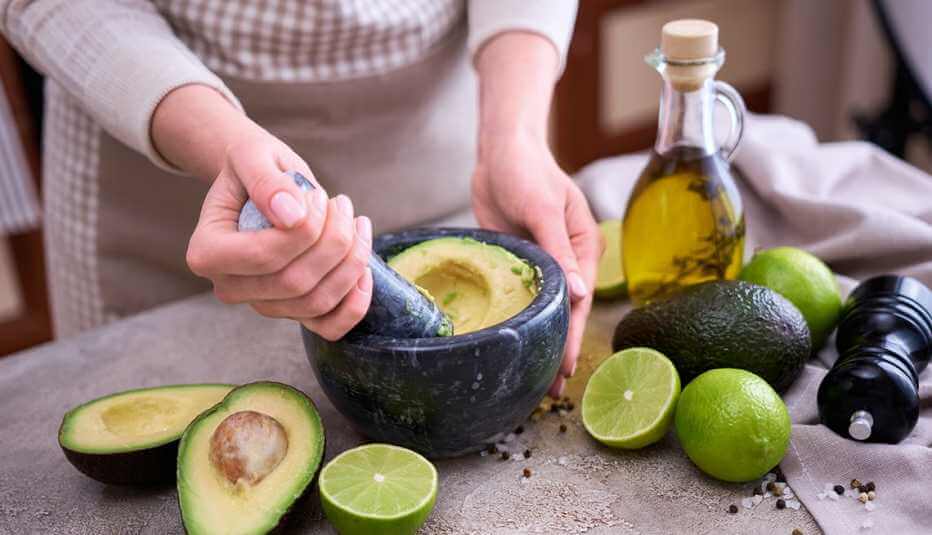
A power nap, a cat nap, an afternoon snooze. Whatever you call it, the concept of a nap is nothing new. But is a quick bit of shut-eye good for you? And when and how often should you take one? For National Napping Day, which we are very happy to celebrate on March 11, we talked to the experts to find out how you can set yourself up for sleepytime success.
Is it healthy to nap?
The answer depends on the person, say experts. Marjorie Ellen Soltis, a neurologist and sleep medicine specialist at Duke Health, does not consider napping every day to always be normal.
She says people who are regularly napping during the day should think about why that might be, adding they may not be getting adequate sleep at night.
Another potential reason for needing to nap all of a sudden: underlying health issues, says Sara C. Mednick, a professor of cognitive science at the University of California, Irvine.
But, says Mednick, as long as there are not underlying health issues, a nap during the day can actually be beneficial – a way to counteract the weakening of circadian rhythms that often occurs as we age.
Mednick supports a midday nap routine as a “great way to consolidate the sleepiness into one concentrated good snooze, rather than nodding off throughout the day.”
If all this talk of napping is making you want to curl up on the sofa under a warm blanket, here are tips from the experts on how to get the best and healthiest nap.
1. Personalize your nap space
Not all nappers are the same, says Soltis, so first and foremost, you need to listen to your body.
“I think sleep, in general, is the biggest victim of everybody saying here’s exactly what you need to do and how, when realistically, everyone’s a little bit different,” Soltis says.
“Some people, like Winston Churchill, need to take off all their clothes and go back to bed, while others are happy with a head-on-the-desk snooze,” Mednick says.
To read about more tips to take a restful nap and feel refreshed, from AARP, CLICK HERE.


